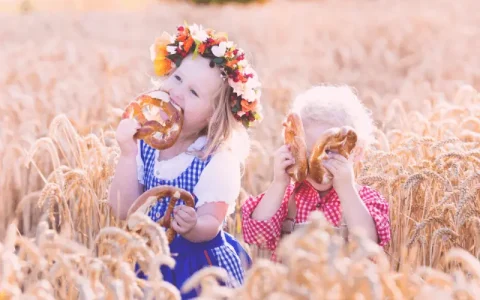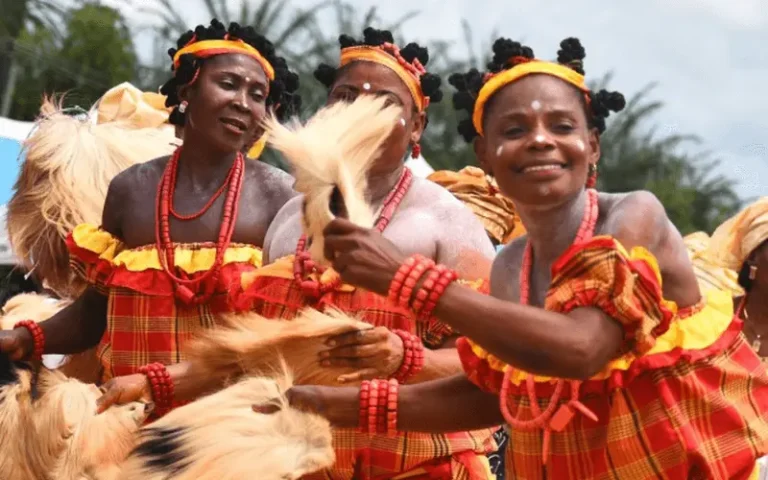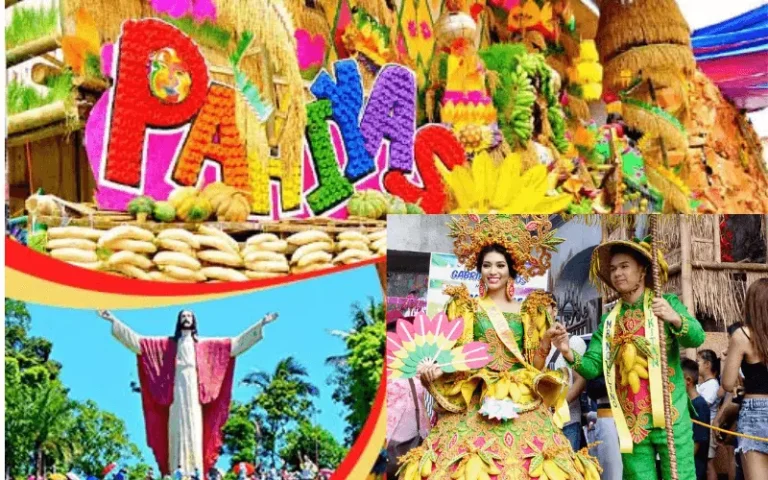Lughnasadh 2024| Celebrating the Celtic Harvest Tradition Quick Guide
Lughnasadh, also known as Lughnasa or Lúnasa, holds a special place in Gaelic tradition as it kicks off the harvest season in Ireland. It’s like this big party that celebrates the start of gathering all the good stuff the land gives us, known as both a Gaelic harvest festival and a Celtic fall harvest festival.
On 1st August, when Leo’s starry vibes are in full swing and the sun hits that 15-degree mark, it’s time for Lughnasa. Right between the blazing heat of summer (Litha) and the cool vibes of fall (Mabon), this festival marks nature’s changing seasons and the start of the whole harvest hustle.
History of Lughnasadh

Lughnasa is mentioned in early Irish literature, showcasing its pagan origins. The festival’s ancient roots trace back to Celtic traditions in Ireland and derive its name from the Celtic god Lugh, revered during these festivities. Celebrated around August 1st, it holds immense significance as the commencement of the harvest season.
In Gaelic culture, Lughnasa was a pivotal event, established as an official holiday in Ireland, celebrated joyously for multiple days. Communities gathered during this time for vibrant feasts, engaging in spirited games and bustling fairs. Despite the changes over time, the essence of Lughnasa persisted, embodying gratitude for the harvest and fostering communal celebration.
Modern Observance of Lughnasa Festival

Lughnasa 2024 intertwines ancient traditions with today’s celebrations, emphasizing community and gratitude for the harvest. The Marco Island Irish Celebration Festival epitomizes this blend, uniting diverse groups to honor Irish heritage through music, dance, and customs associated with Lughnasa. This event showcases the enduring significance of ancient traditions in modern gatherings, fostering cultural unity and appreciation.
When Lughnasadh is celebrated?
Lughnasa is celebrated on the 1st of August every year. In 2024 this festival will be celebrated on Thursday, August 1, 2024.
How Lughnasadh is Celebrated?
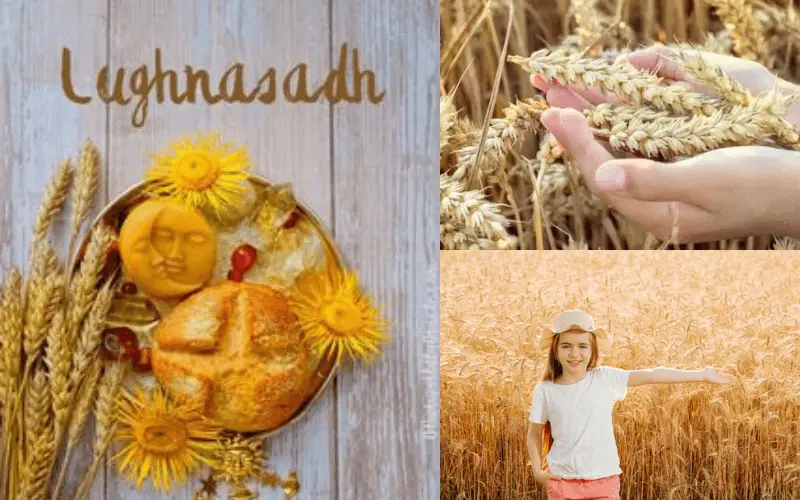
Attending the Lughnasa festival feels like stepping into a vibrant tapestry woven with ancient traditions and community spirit. The festivities kick off by welcoming the first harvests of fruit and wheat, initiating a grand and heartfelt celebration, a true Pagan harvest feast honoring the bounties of the land. Tables adorned with freshly harvested fruits, bread, and grains form the centerpiece, inviting everyone to partake in a shared meal symbolizing abundance and gratitude.
As the sun dances across the sky, various activities unfold during Lughnasa celebrations. Amidst laughter and camaraderie, people engage in lively games and competitions, echoing the ancient contests of skill and strength. It’s a time when stories come alive through captivating performances and theatrical renditions, showcasing the rich lore and myths surrounding the festival.
At the heart of the festivities lies the Lammas Sabbat, a sacred moment when reverence for nature and the divine intertwine. In this serene setting, practitioners of the Trinitarian Wiccan Lammas tradition come together to honor the seasonal cycle, expressing gratitude for the earth’s bounty and connecting deeply with the energies of the harvest. The air is charged with a sense of unity, marking Lughnasa as a time of shared celebration and spiritual reflection.
Lughnasa Around the World
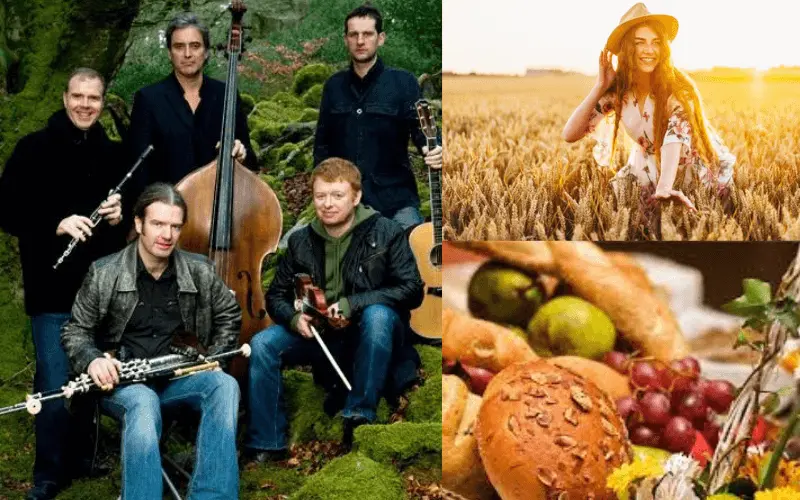
Lughnasadh, known as Lunasa in Ireland and celebrated as the Scottish Gaelic New Year Grian in Scotland, extends its cultural reach across borders. In Ireland, the spirit of Lunasa paints a vibrant picture of harvest celebrations, while Scotland marks the shift from summer to autumn with unique ceremonies. Beyond, even in bustling cities like Dublin, traces of ancient practices surface in the form of Pagan Dublin holidays, blending tradition with modern expressions of gratitude for nature’s gifts.
Harvest Festivals in Pagan Europe
Harvest holidays in pagan Europe were moments of celebration, honoring nature’s cycles and the abundance of the land. Lughnasa, among these festivals, marked the shift from summer to autumn and the beginning of harvest time.
Spiritual Significance & Religious Associations in Lughnasa
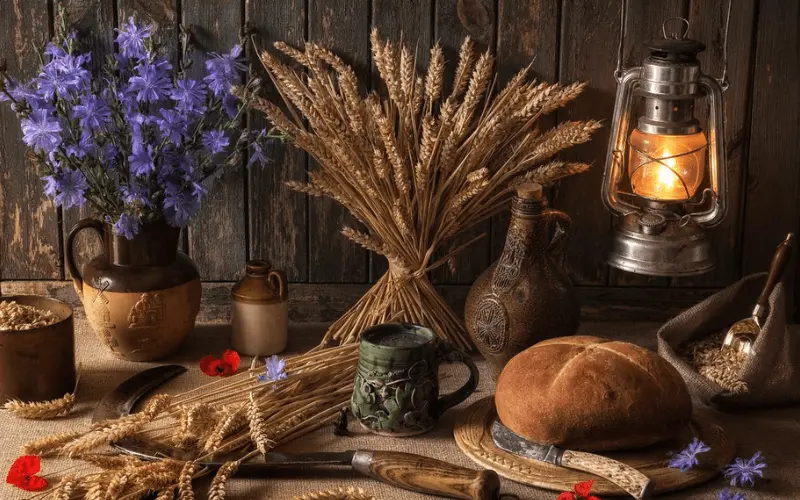
Lughnasa holds diverse spiritual significance and represents the beginning of the harvest, intertwining with various religious beliefs. From the reverence of the Lammas goddess to its reflections in Celtic Christian harvest observances, the festival touches upon different spiritual realms.
Lughnasadh Symbols and Associations
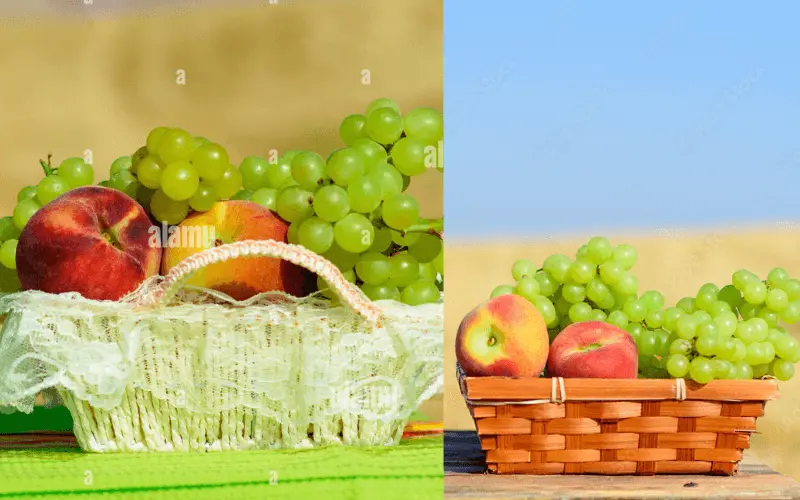
Read other Harvest Festival Guides by Days Discuss
Mid-Autumn Festival (Moon Festival)
Holi Festival 2024| All you need to know
Sukkot 101| Quick Guide to Celebrating this Joyous Festival
Songkran 2024 (Thailand’s New Year Water Fight Festival)
Chuseok 2024| Korean Thanksgiving and Harvest Festival Quick Guide to Celebrate
Thanksgiving Day: History, Global Celebrations, and 6 Amazing Games for Festive Fun
Pongal Festival (All You Need To Know)
Erntedankfest 2024| Thanksgiving in Germany
Mabon(Autumn Equinox)| All You Need To Know About Pagan Thanksgiving
Gawai Dayak (Malaysian Thanksgiving Festival)
Onam Festival|All You Need to Know About The Biggest Festival in Kerala
Conclusion
Lughnasadh, a celebration of harvest and community, echoes ancient traditions fostering gratitude and unity. Embracing its essence invites a deeper connection to nature and shared festivities, marking a timeless tribute to the bounties of the earth.
Frequently Asked Questions
What is Lughnasadh and how is it celebrated?
Lughnasadh is a festival observed as a time of gratitude to spirits and deities, marking the onset of the harvest season. During this celebration, offerings and prayers are made to honor these entities, seeking their benevolence to safeguard the crops that are still ripening, ensuring protection against any potential harm.
What is the myth of the Lughnasadh?
The myth of Lughnasadh revolves around the god Lugh, among the principal deities of the Tuatha De Danann. He instituted the Lughnasadh festival as a commemoration, holding it as a funeral feast and games to honor his foster mother, Tailtiu.
What is the meaning of the word Lughnasadh?
The word “Lughnasadh” originates from Irish Gaelic, combining “Lugh,” the name of the Celtic god, and “nasadh,” meaning assembly or gathering. Together, it signifies the assembly or festival of Lugh, honoring the god’s role in this Celtic celebration.
What does Lammas symbolize?
Lammas, rooted in ancient traditions, signify the celebration of the grain harvest, honoring the bounty of the first fruits and the commencement of the harvesting season.

